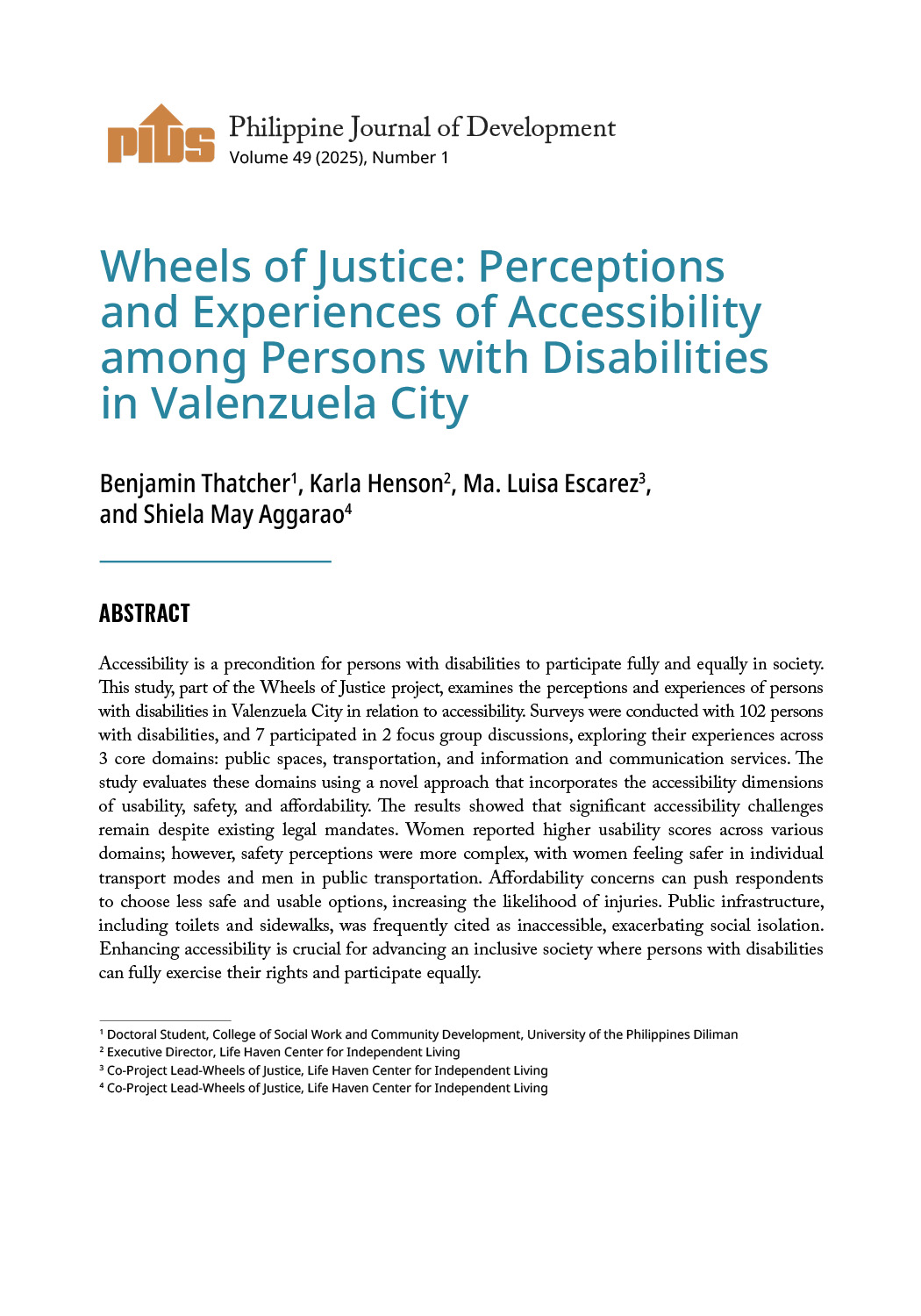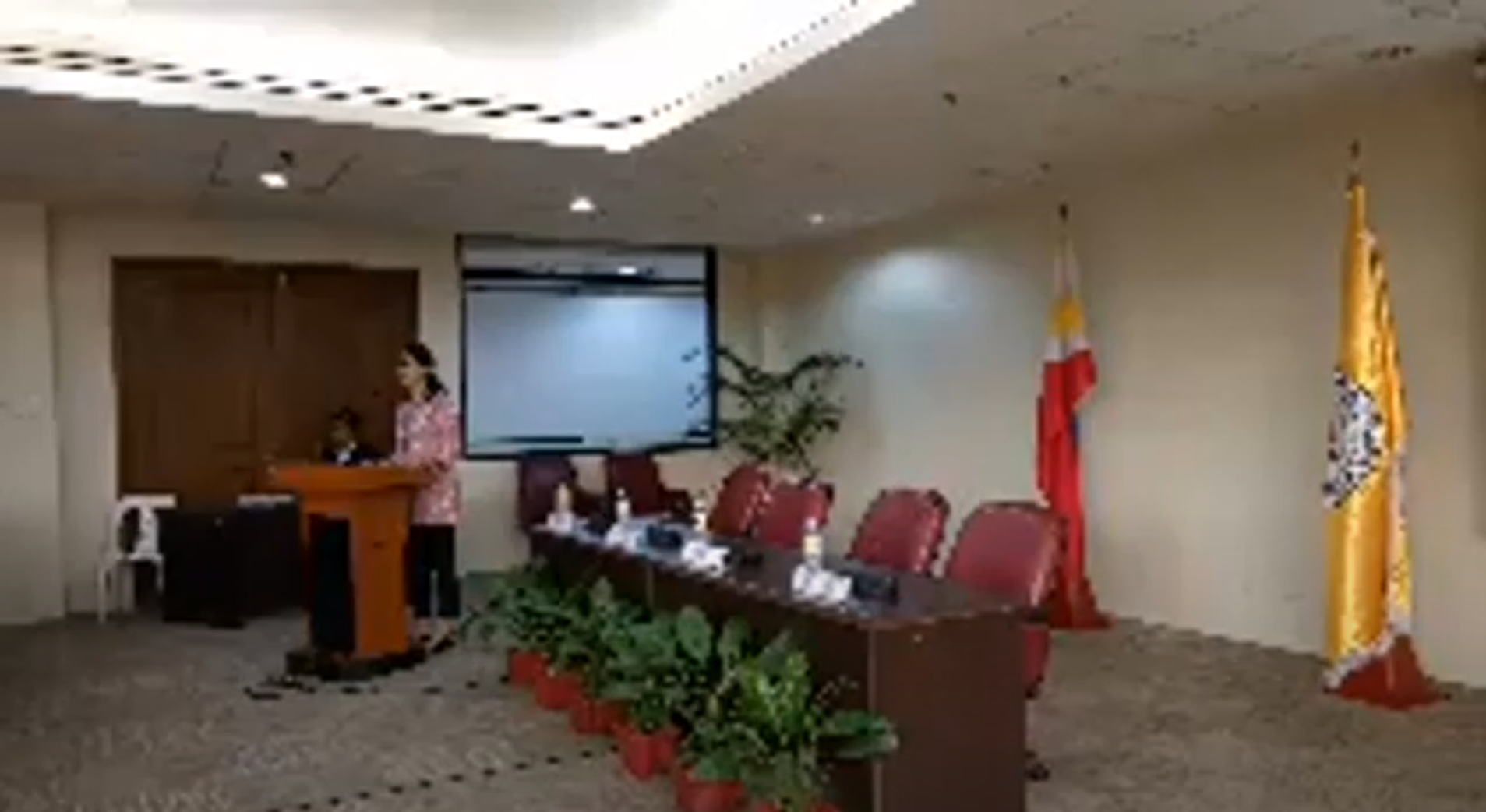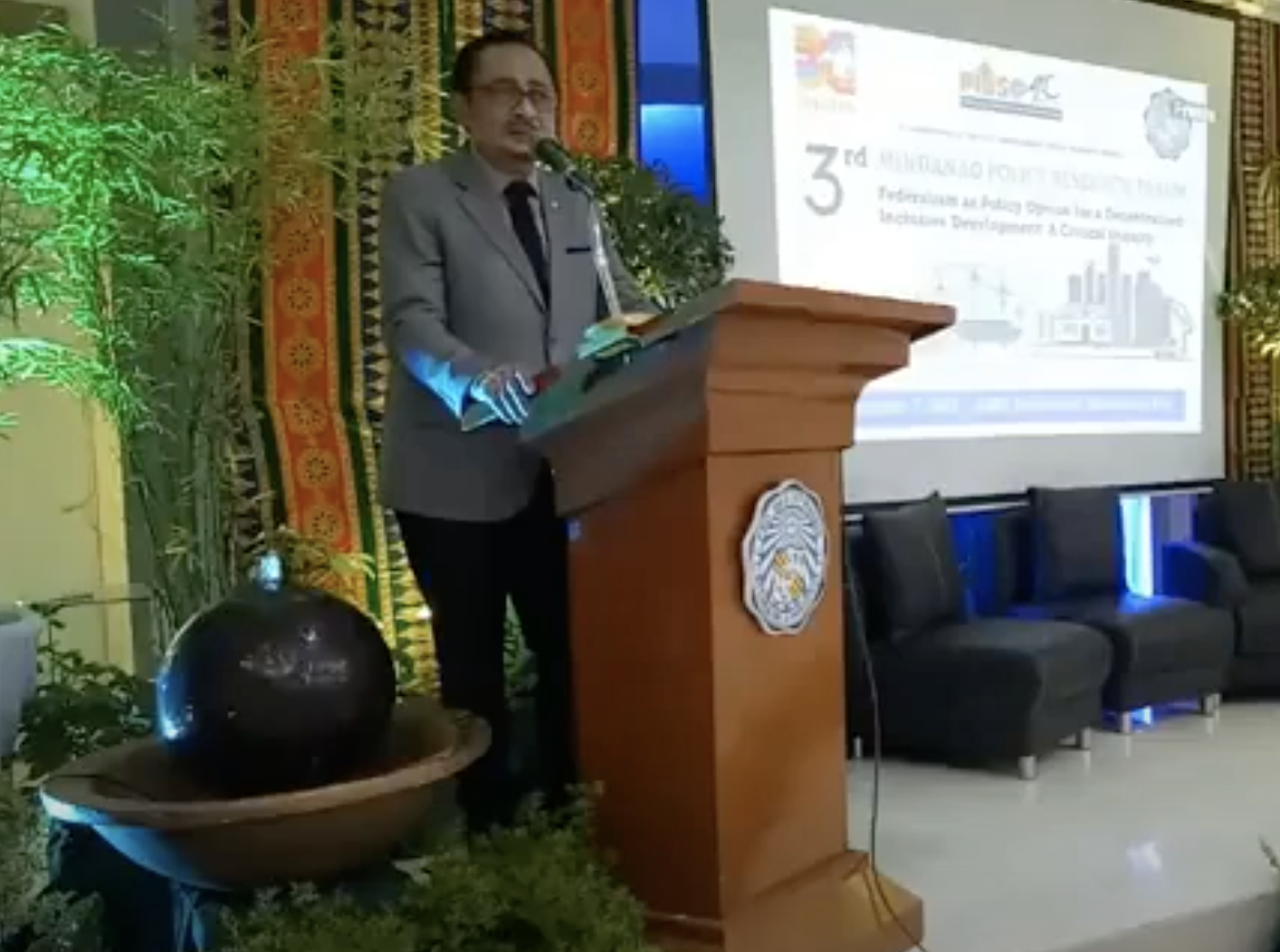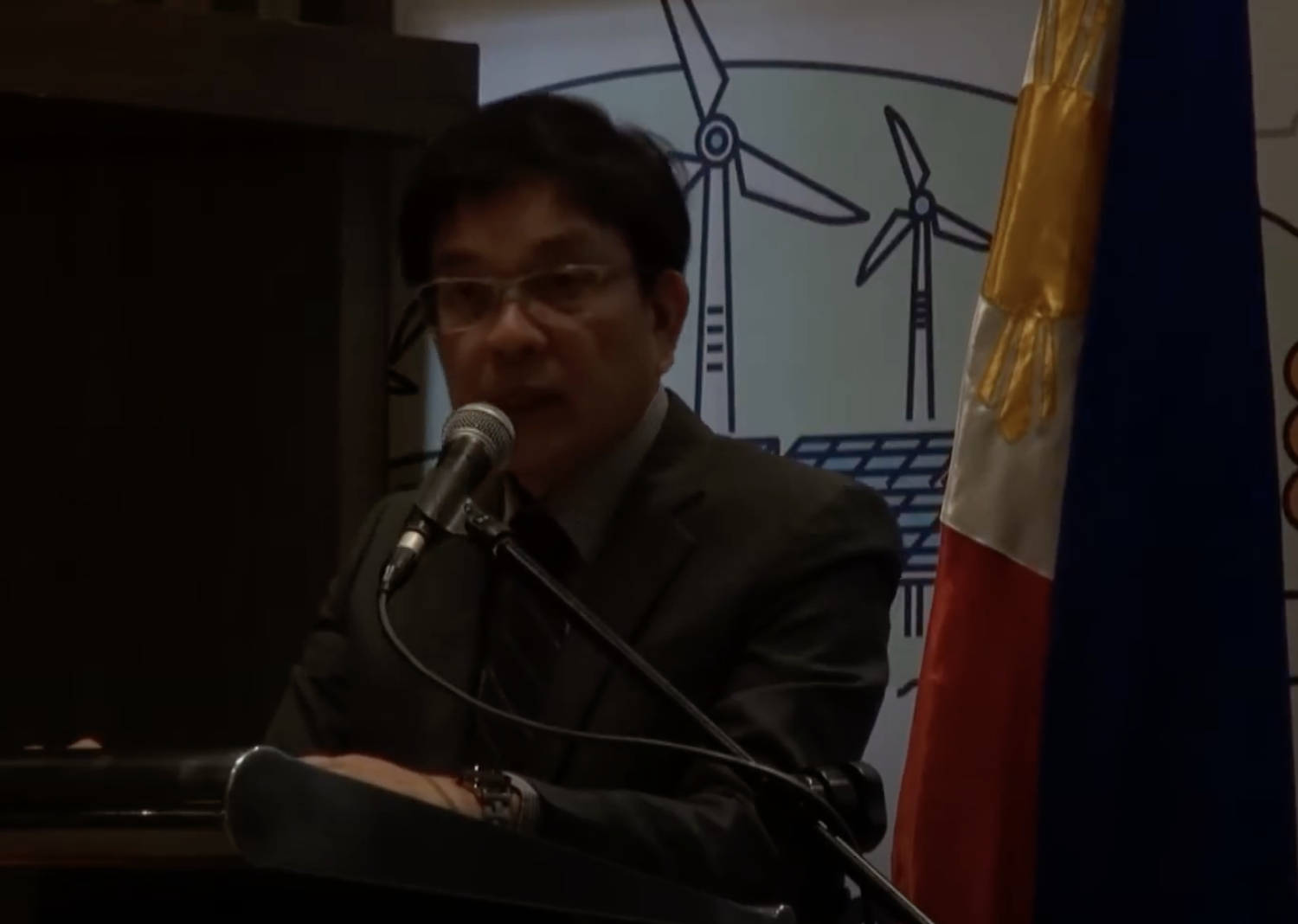Part One
PROPONENTS of federalism argue that the country’s highly centralized government resulted to an imbalance in the distribution of resources in areas far from Manila.
They said of the country’s 18 regions, only three—Metro Manila, Central Luzon and Calabarzon—enjoy the lion share of 62 percent of the GDP with the rest contending with the 39 percent.
Proponents also note that the diverse cultural heritage of Filipinos makes the country a “natural” federal nation. A local official put it more succinctly: the “federalism movement is a revolt against Imperial Manila.”
Opponents counter that the answer to a highly centralized government is simply decentralization, a process that has started since the enactment of the Local Government Code of 1991. They further argue on the political risk of the “experiment”, citing Catalonia’s attempt to secede from Spain.
The foes of federalism added that political dynasty is the reason for rural poverty.
A third force in the federalism debate also appears to be developing. Those lobbying for the passage of the Bangsamoro basic law are neither passionate with the current unitary system of government nor actively supporting the proposed parliament within a federal system. Aside from the groups, there are individuals who add zest to the already- sumptuous dinner served in the dining table of the Federalism debate.
While these different entities offer divergent views on federalism, they are, however, united in saying that a shift to a federal system of government is not a new idea.
However, for Philippine Institute for Development Studies (PIDS) President Gilberto Llanto, if Federalism is being touted as a solution, it should address a problem.
“Policy-makers should see merit in examining whether federalism can, indeed, address the sociopolitical and economic problems that hamper the country’s growth.”
Proposals, proponents
SENATE President Aquilino L. Pimentel III is being supported by his father, former Senate President Aquilino Q. Pimentel Jr., a longtime Federalism advocate, in pushing for the country’s shift to a “uniquely Filipino” federal system.
In a forum in June, both Pimentels said that the unitary system that has concentrated power and funds to the central government has hampered development in the countryside.
To further articulate their proposals, and to accommodate mounting ideas for federalism, the younger Pimentel sought the help of the Partido Demokratiko Pilipino-Lakas ng Bayan Federalism Institute (PDP-Laban FI).
We studied our 25-year experience of devolution under the LGC, our 20-year experience with the Autonomous Region in Muslim Mindanao, as well as many models of federalism, decentralization and political arrangements from around the world, according to Jonathan E. Malaya, the PDP-Laban FI executive director.
Salient features of the proposal include a shift to a federal government (FG) with a semi-Presidential system (SPS) or a hybrid parliamentary system similar to the governments in Taiwan, South Korea, Portugal and, to a certain extent, France. It also features a transition mechanism for regional governments to prepare themselves for further decentralization, provisions to strengthen political parties, mechanisms to regulate political dynasties and other political and electoral reforms.
FG, RGs
IN a briefing paper, Malaya explained “there shall be two Constitutionally established orders or levels of government: the [FG] and the regional government [RG].”
“Unlike the present system where there are overlapping mandates between the national government and local government Units (LGUs), each level of government in the federal structure will have its particular jurisdiction.”
According to Malaya, the FG shall have exclusive legislative powers over national defense, the police and national security, foreign affairs, currency, immigration and other matters that concern the entire nation.
Under the SPS, the executive power of the president is dispersed among the President, the Prime Minister, the Cabinet, the Parliament and the RGs.
The logic for this division of executive powers in the context of the Philippines lies in four major elements, Malaya explained.
“First, in the transition to a more decentralized system of governance, we need a popularly elected presidency to hold and unite the country together and ensure that the transition to Federalism and transfer of powers to the regions will be successful,” he said. “The President can help as an arbiter of disputes between the federal and regional governments and among regional governments.”
Under the transition period and even beyond, Malaya said there is a need for an “effective president to deal with powerful countries like China and the United States, as well as to effectively compete in a globalized world economy”.
A third element is having a president who can decisively address the numerous national security problems and natural disasters, according to Malaya. “Fourth, a pure parliamentary system without strong political parties can be unstable,” he added. “It will take time to build strong political parties.”
Gridlock
ACCORDING to Malaya, the division of executive powers is based on the Philippines’s context of a lack of a president who can ensure “there is no gridlock in our political system”.
We need a president who can remain decisive in cases of national crises, he added. Hence, Malaya and the PDP-Laban FI is urging for having both a President and a Prime Minister as leaders of the country.
The President, who is nationally elected, shall be the Head of State, while the Prime Minister is the Head of Government and handles the day-to-day affairs of government, he explained. Malaya and his group are also emphatic on having a transition period so that Federalism could succeed.
“We should learn from the painful experience we had with the devolution of health services, etc., under the 1991 LGC, wherein no smooth transition-mechanism was put in place,”Malaya said during a forum on Federalism in Zamboanga in September. “Since the shift to a federal system will impact on practically all government agencies and levels of government, the transition must be slow, deliberate and purposeful.”
To be continued
PROPONENTS of federalism argue that the country’s highly centralized government resulted to an imbalance in the distribution of resources in areas far from Manila.
They said of the country’s 18 regions, only three—Metro Manila, Central Luzon and Calabarzon—enjoy the lion share of 62 percent of the GDP with the rest contending with the 39 percent.
Proponents also note that the diverse cultural heritage of Filipinos makes the country a “natural” federal nation. A local official put it more succinctly: the “federalism movement is a revolt against Imperial Manila.”
Opponents counter that the answer to a highly centralized government is simply decentralization, a process that has started since the enactment of the Local Government Code of 1991. They further argue on the political risk of the “experiment”, citing Catalonia’s attempt to secede from Spain.
The foes of federalism added that political dynasty is the reason for rural poverty.
A third force in the federalism debate also appears to be developing. Those lobbying for the passage of the Bangsamoro basic law are neither passionate with the current unitary system of government nor actively supporting the proposed parliament within a federal system. Aside from the groups, there are individuals who add zest to the already- sumptuous dinner served in the dining table of the Federalism debate.
While these different entities offer divergent views on federalism, they are, however, united in saying that a shift to a federal system of government is not a new idea.
However, for Philippine Institute for Development Studies (PIDS) President Gilberto Llanto, if Federalism is being touted as a solution, it should address a problem.
“Policy-makers should see merit in examining whether federalism can, indeed, address the sociopolitical and economic problems that hamper the country’s growth.”
Proposals, proponents
SENATE President Aquilino L. Pimentel III is being supported by his father, former Senate President Aquilino Q. Pimentel Jr., a longtime Federalism advocate, in pushing for the country’s shift to a “uniquely Filipino” federal system.
In a forum in June, both Pimentels said that the unitary system that has concentrated power and funds to the central government has hampered development in the countryside.
To further articulate their proposals, and to accommodate mounting ideas for federalism, the younger Pimentel sought the help of the Partido Demokratiko Pilipino-Lakas ng Bayan Federalism Institute (PDP-Laban FI).
We studied our 25-year experience of devolution under the LGC, our 20-year experience with the Autonomous Region in Muslim Mindanao, as well as many models of federalism, decentralization and political arrangements from around the world, according to Jonathan E. Malaya, the PDP-Laban FI executive director.
Salient features of the proposal include a shift to a federal government (FG) with a semi-Presidential system (SPS) or a hybrid parliamentary system similar to the governments in Taiwan, South Korea, Portugal and, to a certain extent, France. It also features a transition mechanism for regional governments to prepare themselves for further decentralization, provisions to strengthen political parties, mechanisms to regulate political dynasties and other political and electoral reforms.
FG, RGs
IN a briefing paper, Malaya explained “there shall be two Constitutionally established orders or levels of government: the [FG] and the regional government [RG].”
“Unlike the present system where there are overlapping mandates between the national government and local government Units (LGUs), each level of government in the federal structure will have its particular jurisdiction.”
According to Malaya, the FG shall have exclusive legislative powers over national defense, the police and national security, foreign affairs, currency, immigration and other matters that concern the entire nation.
Under the SPS, the executive power of the president is dispersed among the President, the Prime Minister, the Cabinet, the Parliament and the RGs.
The logic for this division of executive powers in the context of the Philippines lies in four major elements, Malaya explained.
“First, in the transition to a more decentralized system of governance, we need a popularly elected presidency to hold and unite the country together and ensure that the transition to Federalism and transfer of powers to the regions will be successful,” he said. “The President can help as an arbiter of disputes between the federal and regional governments and among regional governments.”
Under the transition period and even beyond, Malaya said there is a need for an “effective president to deal with powerful countries like China and the United States, as well as to effectively compete in a globalized world economy”.
A third element is having a president who can decisively address the numerous national security problems and natural disasters, according to Malaya. “Fourth, a pure parliamentary system without strong political parties can be unstable,” he added. “It will take time to build strong political parties.”
Gridlock
ACCORDING to Malaya, the division of executive powers is based on the Philippines’s context of a lack of a president who can ensure “there is no gridlock in our political system”.
We need a president who can remain decisive in cases of national crises, he added. Hence, Malaya and the PDP-Laban FI is urging for having both a President and a Prime Minister as leaders of the country.
The President, who is nationally elected, shall be the Head of State, while the Prime Minister is the Head of Government and handles the day-to-day affairs of government, he explained. Malaya and his group are also emphatic on having a transition period so that Federalism could succeed.
“We should learn from the painful experience we had with the devolution of health services, etc., under the 1991 LGC, wherein no smooth transition-mechanism was put in place,”Malaya said during a forum on Federalism in Zamboanga in September. “Since the shift to a federal system will impact on practically all government agencies and levels of government, the transition must be slow, deliberate and purposeful.”
To be continued









